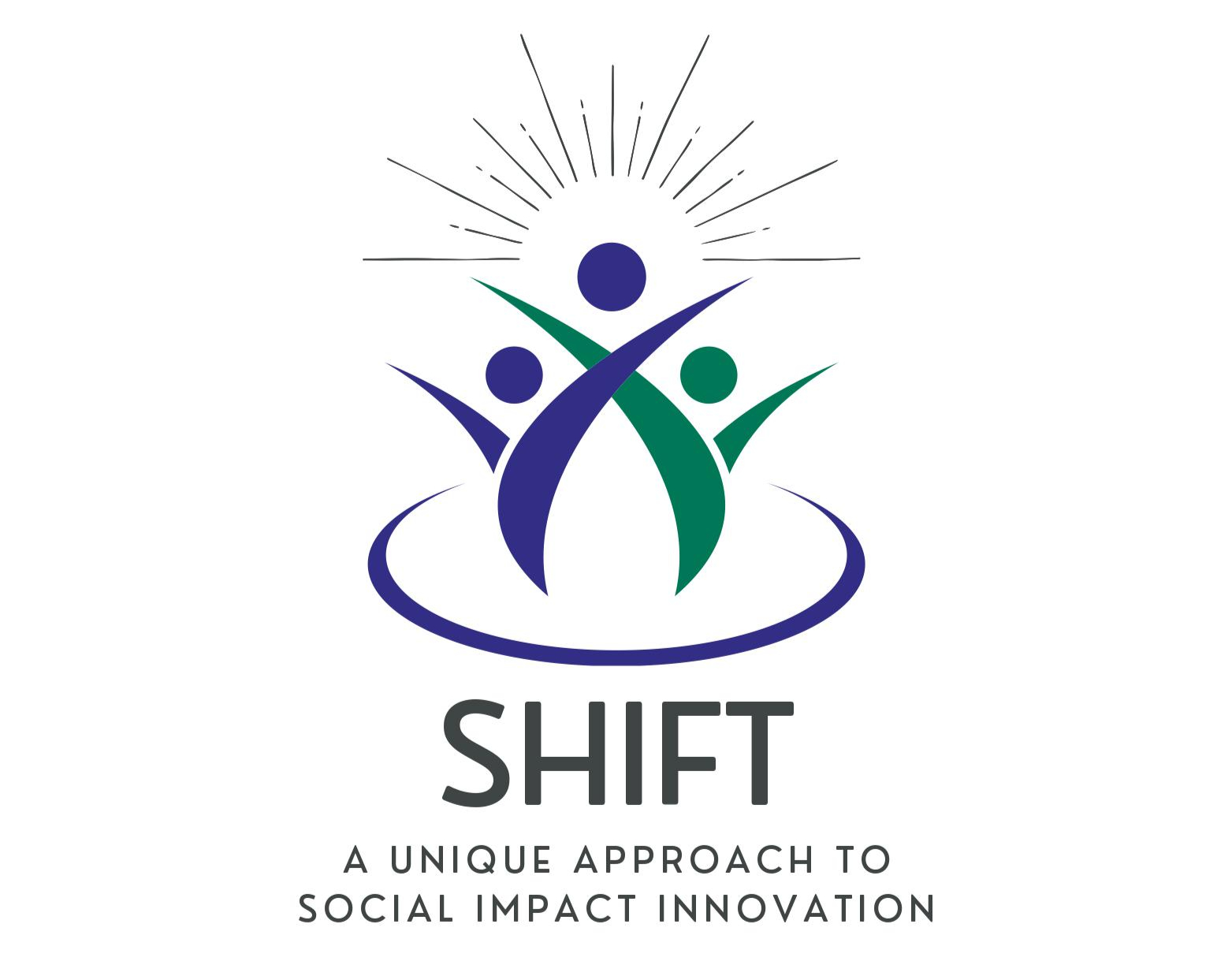5D Clarity Method:
A Holistic Approach to Problem Sensing
Example: Tackling Plastic Waste

Identify the main challenges: Excessive plastic waste, inadequate recycling infrastructure, lack of awareness
Stakeholders affected: Marine life, coastal communities, waste management authorities, consumers
Context: Beaches, oceans, urban areas, landfills
Discover

Describe issues in depth:
-
Types of plastic waste (single-use, microplastics)
-
Impact on marine ecosystems
-
Economic costs of plastic pollution
Quantify the problem: Annual plastic production, recycling rates, ocean plastic accumulation
Detail

Investigate root causes:
-
Consumer behavior and convenience culture
-
Lack of sustainable alternatives
-
Inefficient waste management systems
Analyze existing initiatives and their limitations
Deepen

Envision potential solutions:
-
Biodegradable packaging innovations
-
Community-led recycling programs
-
Policy changes for extended producer responsibility
Imagine a plastic-free future: What does it look like? How does it function?
Dream
_edited_edited.png)
Outline actionable strategies:
-
Develop targeted awareness campaigns
-
Prototype sustainable packaging alternatives
-
Design community engagement programs for recycling
Set clear goals and metrics for success
Define
Join the newsletter for relevant updates and inquiries
© 2025 The SHIFT Methodology

Discover: Uncover Challenges
Objective: Identify and articulate the core challenges and needs within the problem space.
Process:
-
Engage in wide-ranging stakeholder consultations
-
Conduct comprehensive literature reviews and market analyses
-
Employ ethnographic research methods for real-world insights
-
Use data analytics to identify patterns and trends
Outcome: A broad understanding of the problem landscape and its key stakeholders

_edited_edited.png)
Define: Plan Action
Objective: Translate insights and ideas into concrete, actionable strategies.
Process:
-
Prioritize potential solutions based on impact, feasibility, and alignment with stakeholder needs
-
Develop detailed action plans with clear objectives, timelines, and resources
-
Identify key performance indicators and success metrics
-
Create a roadmap for implementation and scaling
Outcome: A well-defined strategy and action plan ready for implementation


Dream: Envision Future
Objective: Imagine innovative and transformative solutions unconstrained by current limitations.
Process:
-
Facilitate creative ideation sessions with diverse stakeholders
-
Use future forecasting techniques to envision long-term impacts
-
Explore analogous solutions from different domains or industries
Develop multiple scenarios of potential futures
Outcome: A range of bold, creative ideas for addressing the problem


Deepen: Analyze Roots
Objective: Uncover the underlying causes and systemic factors contributing to the problem.
Process:
-
Apply systems thinking methodologies to understand interconnections
-
Conduct root cause analysis using techniques like '5 Whys' or fishbone diagrams
-
Explore historical contexts and evolutionary trajectories of the issue
-
Identify feedback loops and reinforcing mechanisms
Outcome: A deep understanding of the problem's origins and perpetuating factors


Detail: Explore Depth
Objective: Develop a nuanced understanding of the issues identified in the Discovery phase.
Process:
-
Conduct in-depth interviews with affected individuals and experts
-
Analyze quantitative data to understand the scale and scope of issues
-
Map out the ecosystem of the problem, including interconnected issues
-
Identify potential leverage points for intervention
Outcome: A comprehensive and multi-dimensional view of the problem's complexities


